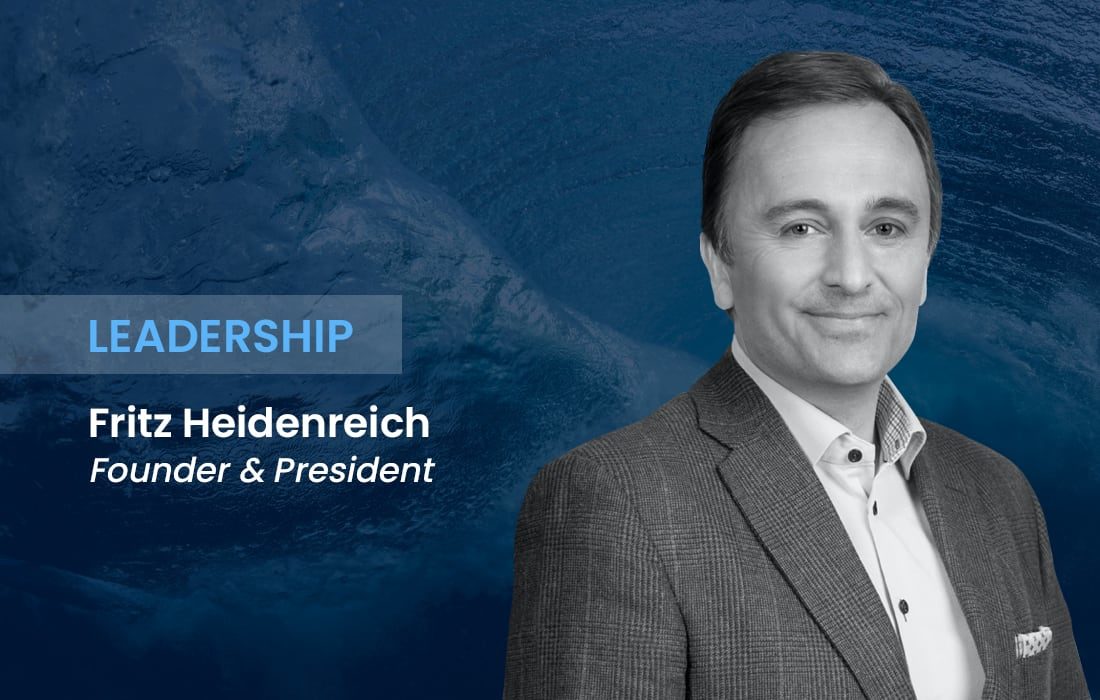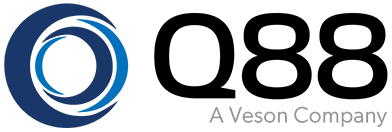
My Early Years
It was 1975 and I was five years old. I was living in Tokyo and I remember being awoken for a tour of the Tsukiji Fish Market; at the time it was the largest wholesale fish and seafood market in the world that received seafood from all over the Far East. We arrived at the market at 4 a.m. I was freezing to the bone and I couldn’t feel my toes. The market was dark and wet, the stench of raw fish completely overwhelmed me and I felt miserable. My father handed me a piece of chewing gum claiming it would warm me up, and much to my surprise within a few minutes I did feel warmer. So there I was, chomping on my gum, splashing around in my rain boots, and observing first-hand the world of shipping. It was that day, through observation, that I peered into the world of shipping and learned how it played such a vital role in transporting goods.
In 1986 I got a closer look at the industry when I started a summer job at my fathers’ company, Heidmar. I will never forget my first day, in that I was introduced to the all-important telex machine. It was big, it was loud, and it spat out a never-ending roll of 6-ply paper with faint printed text in all caps. I learned that this beast of a machine was the primary source of information from the outside world. That summer I spent my days splitting, collating and distributing the documents sourced from this machine to various departments, as well as carefully placing a hole-punched copy into the archive folder, which then was stored into a room designated for all telex messages. On a typical morning, I would have anywhere from 30-50 copies to distribute. This job was as boring and inefficient as it sounds. It was a completely manual process as e-mail was not a thing yet and we only had one computer in the office; it sat on a conference table in the middle of the floor surrounded by stacks of files and papers.
Jumping ahead, I graduated college in 1993 with a degree in Aerospace engineering from CU Boulder. My subsequent entry into the US job market was poorly timed due to the sluggish recovery from the 1990 recession. The defense industry was impacted most severely by the economic climate and aerospace employment prospects or jobs closely related, proved bleak. Luckily, I had a knack for computers and IT, and my father’s company needed help. Up until this point, they had been using very simple spreadsheets to track voyages and log the ship’s noon reports by hand in a notebook. Microsoft Access launched around this time, and I learned it as fast as I could. I began programming what would become our fully centralized voyage management system. It was able to do everything from voyage estimates and actuals to demurrage, invoicing, and reporting. The spreadsheets and countless notebooks were no longer necessary, and they soon became a thing of the past.
At that time, however, we still had to make voyage folders to include every printed message passed from operations to demurrage to accounting as needed. The “voyage file”, as it was called, was constantly misplaced, and it was common to hear people yell out, “Who has Aldebaran voyage 12?”, or something similar. At the time, it was an efficient process, but when email was introduced a couple of years later, the advent of the cc:Mail system soon eliminated the clumsy telex printer with its 6-ply copies. And alas, a new era in digitization had begun.
Be on the lookout for my next article, where I will talk about the birth of the first Panamax tanker pool.

